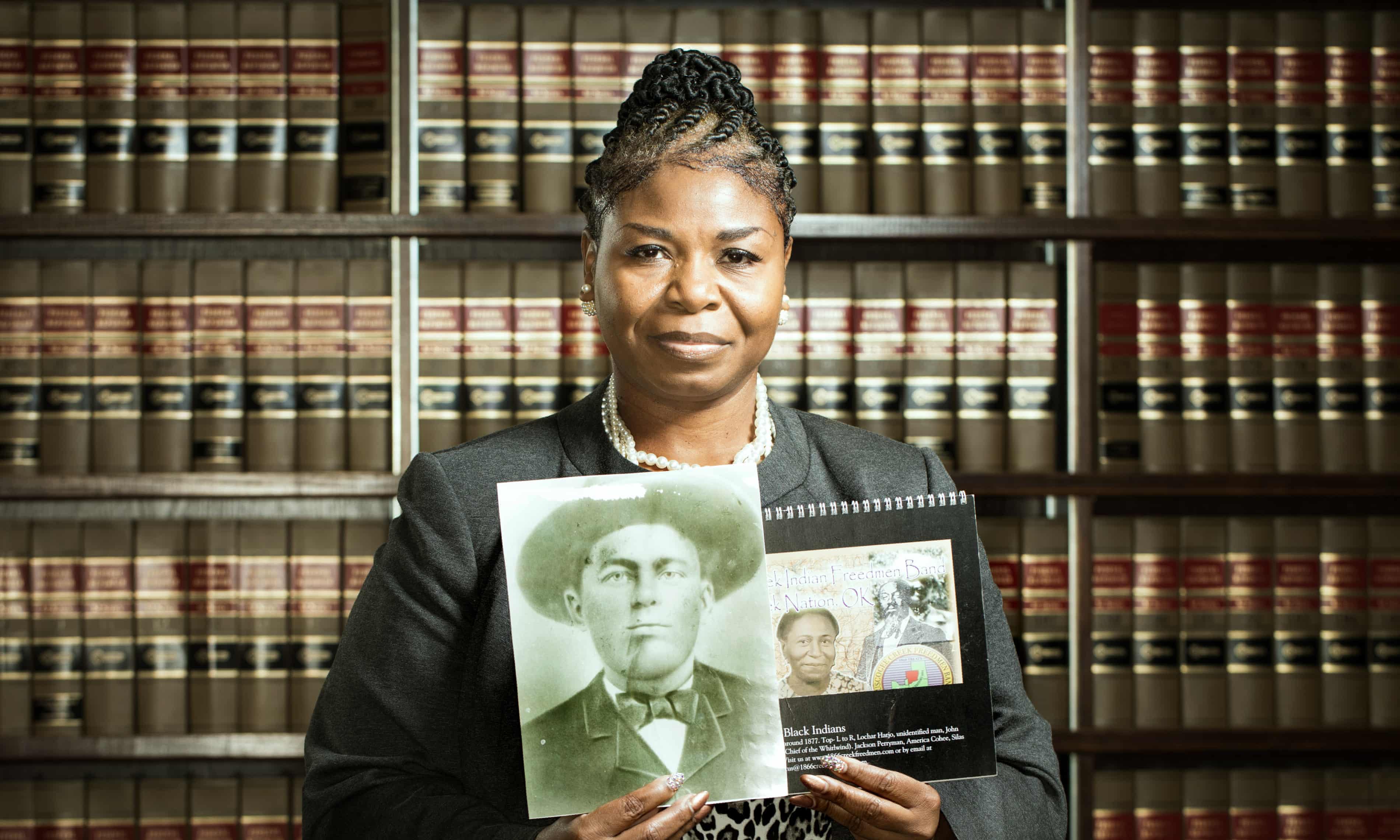In visit to Kenyon, author illuminates history of racial passing in AmericaPosted in Biography, Louisiana, Media Archive, Passing, United States on 2018-11-13 04:28Z by Steven |
In visit to Kenyon, author illuminates history of racial passing in America
Kenyon College
Gambier, Ohio
2018-11-09
Mary Keister, Director of News Media Relations
Telephone: 740-427-5592
GAMBIER, Ohio — Award-winning author Gail Lukasik will speak about her book “White Like Her: My Family’s Story of Race and Racial Passing” at Kenyon College on Wednesday, Nov. 14, at 7 p.m. The event, free and open to the public, will be held in the Gund Gallery’s Community Foundation Theater, 101 ½ College Drive.
Lukasik’s memoir chronicles her journey to uncover her mother’s racial lineage and traces her family back to 18th-century colonial Louisiana. Her mother was born into a black family in New Orleans and eventually left the Jim Crow South, moving north and marrying a white man. She passed as white for the rest of her life.
In 1995, as Lukasik, who identifies as white, was exploring Louisiana census records, she learned that her mother’s father and his entire family were designated black. The shocking discovery changed her sense and understanding of white identity.
When Lukasik tried to ask her mother questions about her family’s black heritage, her mother refused to speak about the matter and told her daughter to not share the secret. In the 17 years Lukasik kept her mother’s secret, the author of mystery novels started to retrace her memories in order to better understand her mother, sorting out fiction from truth to solve her own real-life mystery. Was this why, growing up, Lukasik never really visited her mother’s side of the family or saw pictures of her grandfather?…
Read the entire press release here.

![Blood & Belonging by [Pairin, Sirinda]](https://images-na.ssl-images-amazon.com/images/I/41h650KSW6L.jpg)






